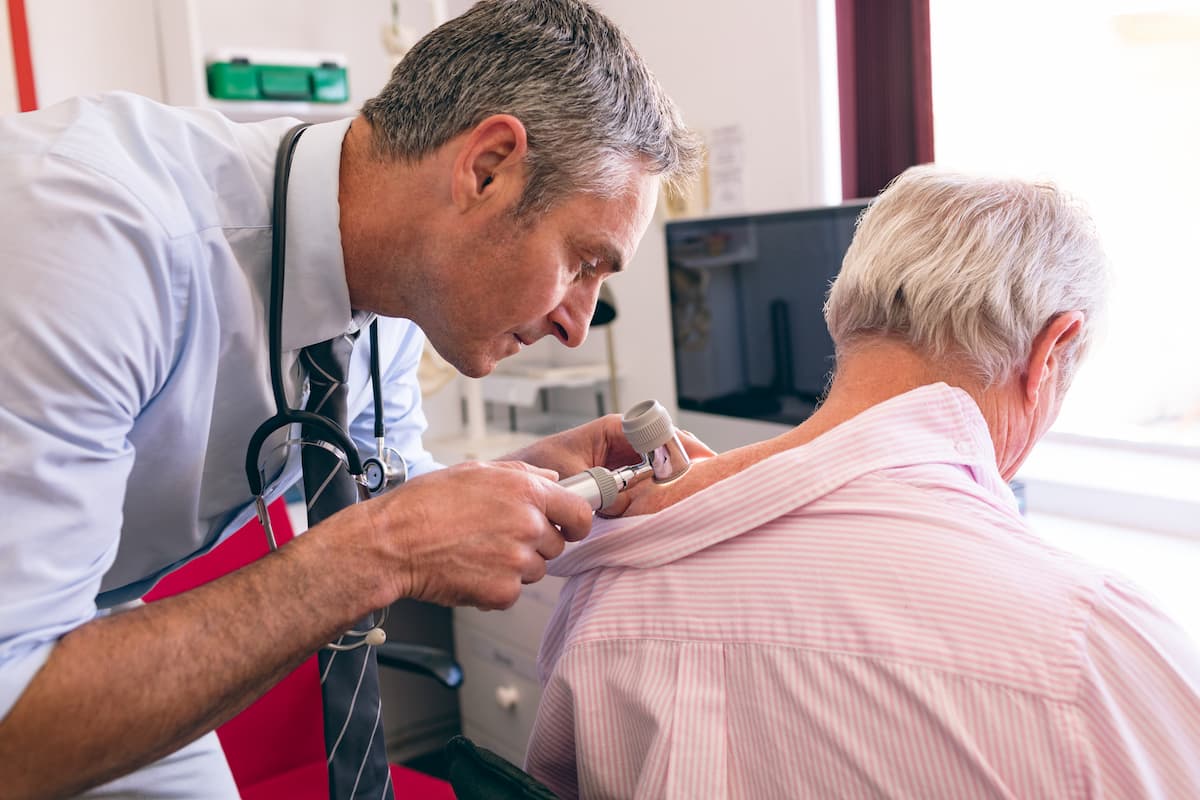News
Article
The Connection Between Cancer Treatment Choices and Suicide Mortality
Author(s):
Patients with cancer who forego surgery have higher suicide incidence than those who undergo treatment, a study finds.
Patients with cancer who did not undergo surgery faced a significantly higher risk of suicide, particularly among those for whom surgery was recommended, according to a recent study.1 In contrast, undergoing radiotherapy or chemotherapy did not show similar increases in suicide mortality.

The study suggests that surgical treatment may provide patients with a sense of hope, potentially lowering suicide risk.
“The association of undergoing different cancer treatments with suicide risk are not well understood,” wrote the researchers of the study. “We investigated whether specific cancer treatment modalities were associated with suicide deaths.”
The risk of suicide among patients undergoing cancer treatments is significantly elevated compared with the general population.2 Therefore, it is important to implement suicide screening among patients undergoing cancer operations, especially those whose demographic and tumor characteristics are associated with the highest suicide risk.
However, the associations of different cancer treatments with suicide risk are not well understood.1 Therefore, the researchers aimed to investigate whether specific cancer treatment modalities were associated with suicide deaths.
The study was based on data from the Surveillance, Epidemiology, and End Results (SEER) Program Registries from 2000 to 2020 for patients with a first primary diagnosis of the 15 most common solid organ cancers.
The researchers identified each patient's surgical status, surgical recommendations, radiotherapy, and chemotherapy for first-course treatment. Standardized mortality ratios (SMRs) based on suicide deaths were calculated, while 2-sided P values less than .05 indicated statistical significance. All data analyses were performed from September 2023 to July 2024.
A total of 5,164,987 patients were identified with a first primary cancer diagnosis, including 48.8% female and 51.2% male patients. The median (IQR) age at diagnosis was 62 (52-72) years. Of these patients, 7132 (0.1%) died by suicide. The mean person-years at risk was 5.87 years.
Patients who did not undergo surgery experienced the highest suicide deaths, particularly among those with pancreatic, esophageal, lung or bronchial, and stomach cancers. SMRs showed a significant increase in suicide rates for these patients compared with those who underwent surgery. For instance, patients with pancreatic cancer had a 331% higher suicide rate than the general population, with variations depending on treatment: 77% higher with surgery, 598% higher without surgery, and 1011% higher without surgery despite a recommendation for it.
The highest rates of suicide deaths were observed among patients who were recommended surgery but did not proceed with it, across all cancer stages. This pattern was consistent regardless of cancer stage, race, ethnicity, age, or sex. In contrast, patients who underwent radiotherapy or chemotherapy did not show a significant association with increased suicide deaths.
The researchers believe that higher suicide deaths among patients who did not undergo recommended surgery may be explained by 3 potential reasons: patients who refuse surgery may be an early sign of higher suicide risk; patient-elected death may suggest their loss of autonomy, dignity, or functional status; and varying access to cancer surgery may increase disparities in access to recommended surgery.
The researchers acknowledged some limitations to the study, including lack of information on psychiatric conditions and the inability to know a patient’s reason to pursue or decline therapy.
Despite these limitations, the researchers believe the study suggests that surgical treatment may provide patients with a sense of hope, potentially lowering suicide risk.
“These findings warrant further investigation into reasons for higher suicide deaths among patients who did not undergo surgery, including the role played by comorbid psychiatric conditions, lack of hope for the future, quality-of-life changes, and surgical access barriers,” wrote the researchers.
References
1. Chen ML, Gomez SL, O’Hara R, et al. Surgery and suicide deaths among patients with cancer. JAMA Netw Open. 2024;7(9):e2431414. doi:10.1001/jamanetworkopen.2024.31414
2. Potter AL, Haridas C, Neumann K, et al. Incidence, timing, and factors associated with suicide among patients undergoing surgery for cancer in the US. JAMA Oncol. 2023;9(3):308-315. doi:10.1001/jamaoncol.2022.6549





